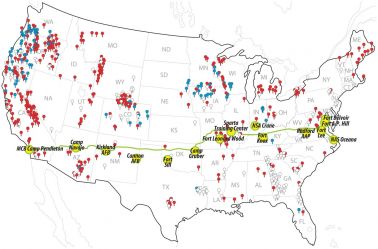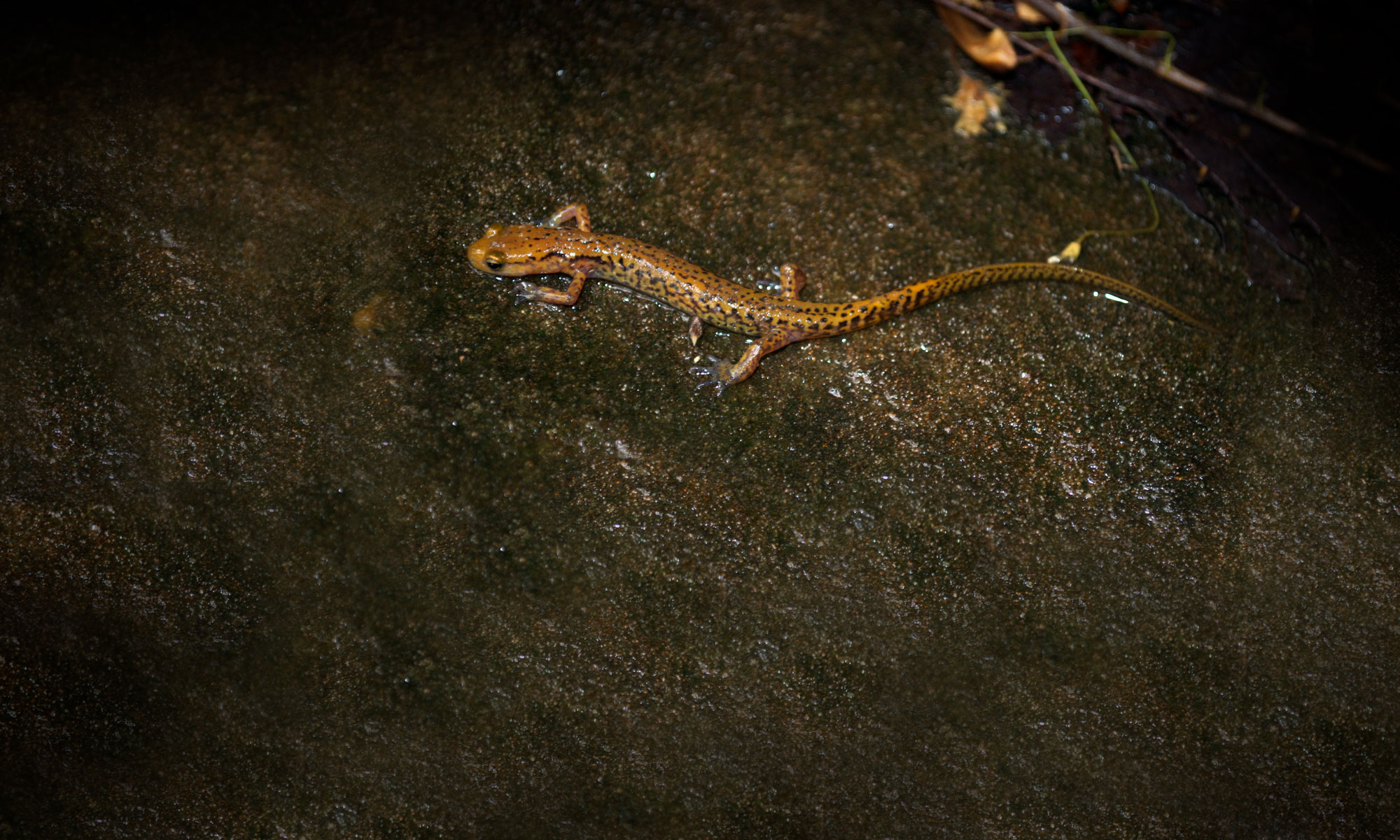Prevalence of chytridiomycosis in North American amphibians
Since 2009 I have been part of two teams studying the impacts of latitude, longitude and associated abiotic factors on the prevalence of Batrachochytrium dendrobatidis, a chytrid fungus, in amphibians throughout the United States.
The first project is a collaboration between Irene McAllister (United States Army Corps of Engineers, Construction Engineering Research Laboratory, Champaign, Illinois), Mike Lannoo (Indiana University School of Medicine, Terre Haute, Indiana), John Crawford (Lindenwood University, St. Charles, Missouri), Bill Peterman (University of Missouri, Columbia, Missouri), Andy Kuhns (INHS), Mike Dreslik (INHS), and me. The objectives of this project are to estimate detection probability and model occupancy rates of Bd at 45 ponds in the Midwest.
The second project is an investigation of chytrid prevalence at sites on Department of Defense installations throughout the United States. Collaborators include Irene McAllister (United States Army Corps of Engineers, Construction Engineering Research Laboratory, Champaign, Illinois), Mike Lannoo (Indiana University School of Medicine, Terre Haute, Indiana), Mike Dreslik (INHS), Christopher Petersen (Naval Facilities Engineering Command Atlantic, Norfolk, Virginia), Robert E. Lovich (Naval Facilities Engineering Command Southwest, San Diego, California), Priya Nanjappa (Association of Fish and Wildlife Agencies, Washington, D. C.), and Joseph C. Mitchell (Mitchell Ecological Research Service, Gainesville, Florida).
 The first part of this project investigated the following questions at sites along an east-west transect from California to North Carolina (see figure at right):
The first part of this project investigated the following questions at sites along an east-west transect from California to North Carolina (see figure at right):
- Does Bd occur in amphibian populations on protected DoD environments?
- Is there a temporal pattern to the presence of Bd?
- Is there a spatial pattern to the presence of Bd?
- In these limited human-traffic areas, is Bd acting as an epidemic (i.e., with evidence of recent introduction and/or die-offs due to chytridiomycosis), or as an endemic (present without clinical signs of disease)?
The resulting publication is: Lannoo, M.J., C. Petersen, R.E. Lovich, P. Nanjappa, C.A. Phillips, J.C. Mitchell, and I. Macallister. 2011. Do frogs get their kicks on Route 66? Continental US transect reveals spatial and temporal patterns of Batrachochytriumdendrobatidis infection. PLoS One 6(7): e22211.
The second phase of this project addresses similar questions, but along three north-south transects in the United States. The results are currently being analyzed.

